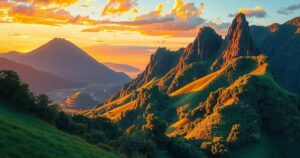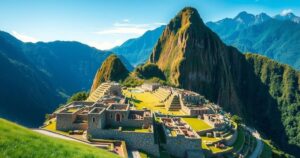Brazil’s New Legislation Undermines Amazon Protection Efforts

New laws in Brazil’s Amazon states diminish tax incentives under the soy moratorium, which protects recently deforested land. Environmental groups fear that these changes may lead to increased deforestation and harm efforts to combat climate change. Organizations like Greenpeace and WWF call for adherence to the moratorium despite potential economic fallout.
Brazil’s recent legislative changes in the Amazon states of Mato Grosso and Rondonia have elicited significant concern from environmental organizations. These laws lessen tax incentives for companies that adhere to the Amazon soy moratorium, which prohibits the purchase of soy from lands deforested post-2008. This moratorium has historically contributed to a decline in Amazonian deforestation, leading critics to assert that these new laws could reverse that progress and favor further agricultural encroachment into the rainforest.
The Amazon rainforest is one of the most vital ecosystems on the planet, playing a critical role in sequestering carbon dioxide and regulating global climate patterns. Since 2006, the Amazon soy moratorium has been a key piece of legislation aimed at preserving the forest by preventing soy cultivation on recently deforested lands. The agreement was made to encourage sustainable agricultural practices while protecting biodiversity. The recent legal changes in Brazil jeopardize these achievements, igniting fears of a surge in deforestation rates that could exacerbate climate change and threaten numerous species.
In conclusion, the new laws in Brazil’s Amazon region pose a significant threat to existing deforestation protections, particularly undermining the Amazon soy moratorium. Environmental advocates emphasize the importance of maintaining the agreement to prevent increased deforestation and preserve biodiversity. The situation necessitates urgent attention from corporations and governments alike to protect this vital ecosystem and ensure sustainable development.
Original Source: www.dailyclimate.org







